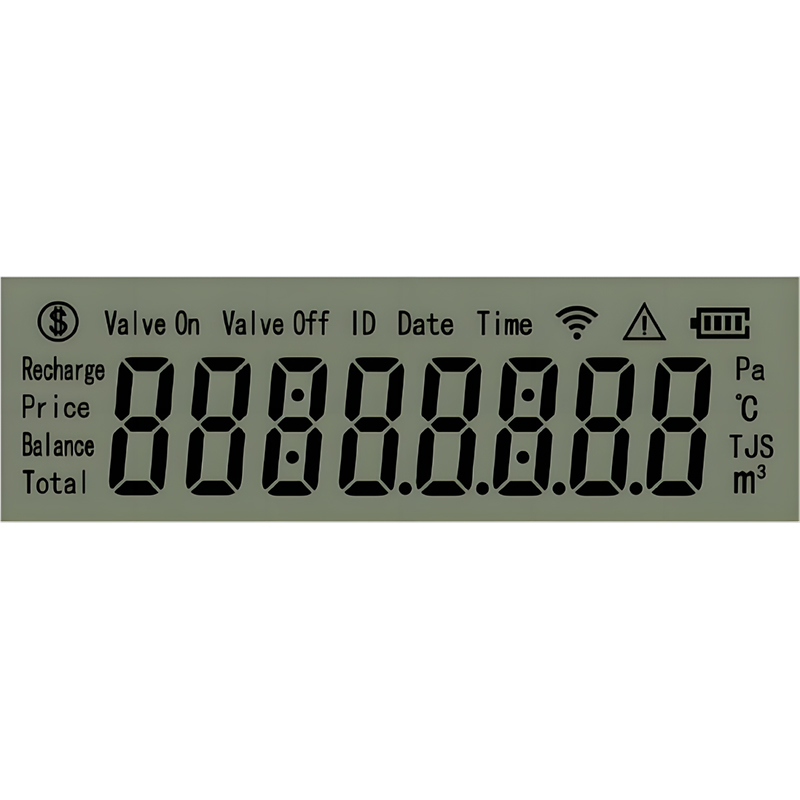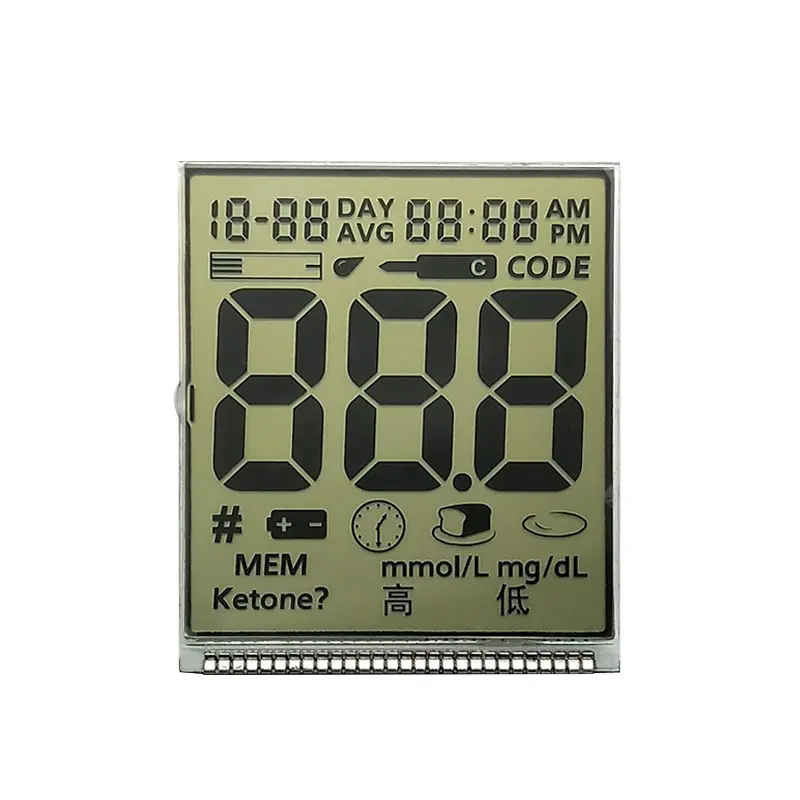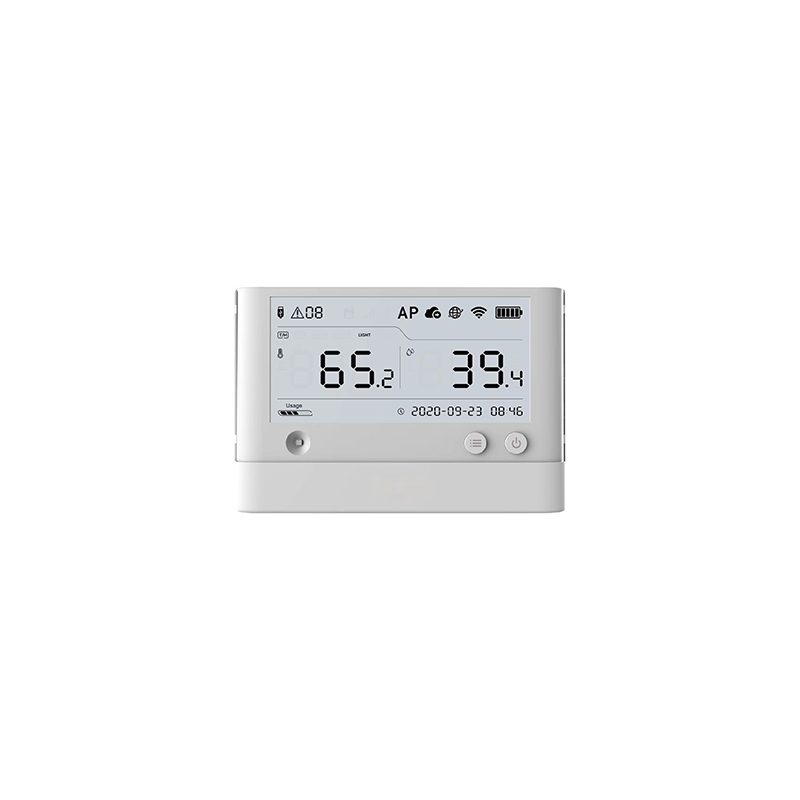
Choosing the right LCD screen for your Arduino project can be crucial for its success. This comprehensive guide dives deep into the world of Arduino LCD I2C products, helping you navigate the diverse options available and select the perfect display for your specific needs. We'll cover various factors, from screen size and resolution to backlight options and I2C communication protocols, providing you with the knowledge to make an informed decision. We'll also explore popular brands and models, comparing their features and highlighting their strengths and weaknesses.
Before diving into specific product recommendations, it's crucial to understand the basics of I2C communication and its role in connecting LCD screens to Arduino boards. I2C (Inter-Integrated Circuit) is a two-wire serial communication protocol that simplifies the connection process, reducing the number of pins required on your Arduino. This makes it an ideal choice for many projects, particularly those with space constraints. It's a common interface, making Arduino LCD I2C products highly accessible and compatible with a wide range of Arduino boards. The use of I2C significantly reduces the wiring complexity compared to other methods.
The ideal screen size and resolution will depend heavily on your project's requirements. Smaller screens, like 16x2 displays, are perfect for simple applications, while larger screens with higher resolutions (e.g., 128x64 or even higher) are necessary for more complex projects requiring more display space. Consider the amount of information you need to display and the physical space available for your project when making your choice.
Many Arduino LCD I2C products offer backlight options, allowing for improved visibility in different environments. Common choices include white, blue, and yellow backlights. Consider the ambient lighting conditions in which your project will be used and choose a backlight accordingly. Some displays also offer adjustable backlight brightness.
Power consumption is another important consideration, particularly for portable or battery-powered projects. Check the specifications of the LCD screen to understand its power requirements and ensure it's compatible with your project's power budget.
Depending on your needs, you might require a display capable of showing only characters or also supporting graphics. Graphic displays allow for more visually appealing interfaces and data visualizations. Choose accordingly based on your application's need for text or images.
While many excellent Arduino LCD I2C products exist, several stand out due to their popularity, reliability, and features. The following table compares some top choices. Note that specific pricing and availability can vary. Always refer to the manufacturer's website for the most up-to-date information.
| Product | Screen Size | Resolution | Backlight | Features |
|---|---|---|---|---|
| Adafruit 16x2 LCD + I2C Backpack | 16x2 | 16 characters x 2 lines | White | Easy to use, widely supported |
| SainSmart 128x64 I2C LCD | 128x64 | 128 pixels x 64 pixels | White | Graphic display, larger screen area |
| Waveshare 2.4 I2C LCD | 2.4 | Variable (depends on specific model) | Multiple options available | Color options, high resolution |
Selecting the appropriate Arduino LCD I2C product depends entirely on your project’s unique needs. By considering factors such as screen size, resolution, backlight, power consumption, and character/graphic support, you can make an informed decision. The products highlighted above represent strong choices for various applications. Remember to consult the official documentation and community resources for the chosen product for detailed setup instructions and examples.
For advanced display solutions and high-quality LCD screens for your projects, consider exploring the options available at Dalian Eastern Display Co., Ltd. They offer a wide variety of LCD modules suitable for a range of applications.
Remember to always check the latest specifications and availability directly from the manufacturers. Happy building!












